Appealing heritage helps establish foundations for future prosperity, Li Yingxue reports.
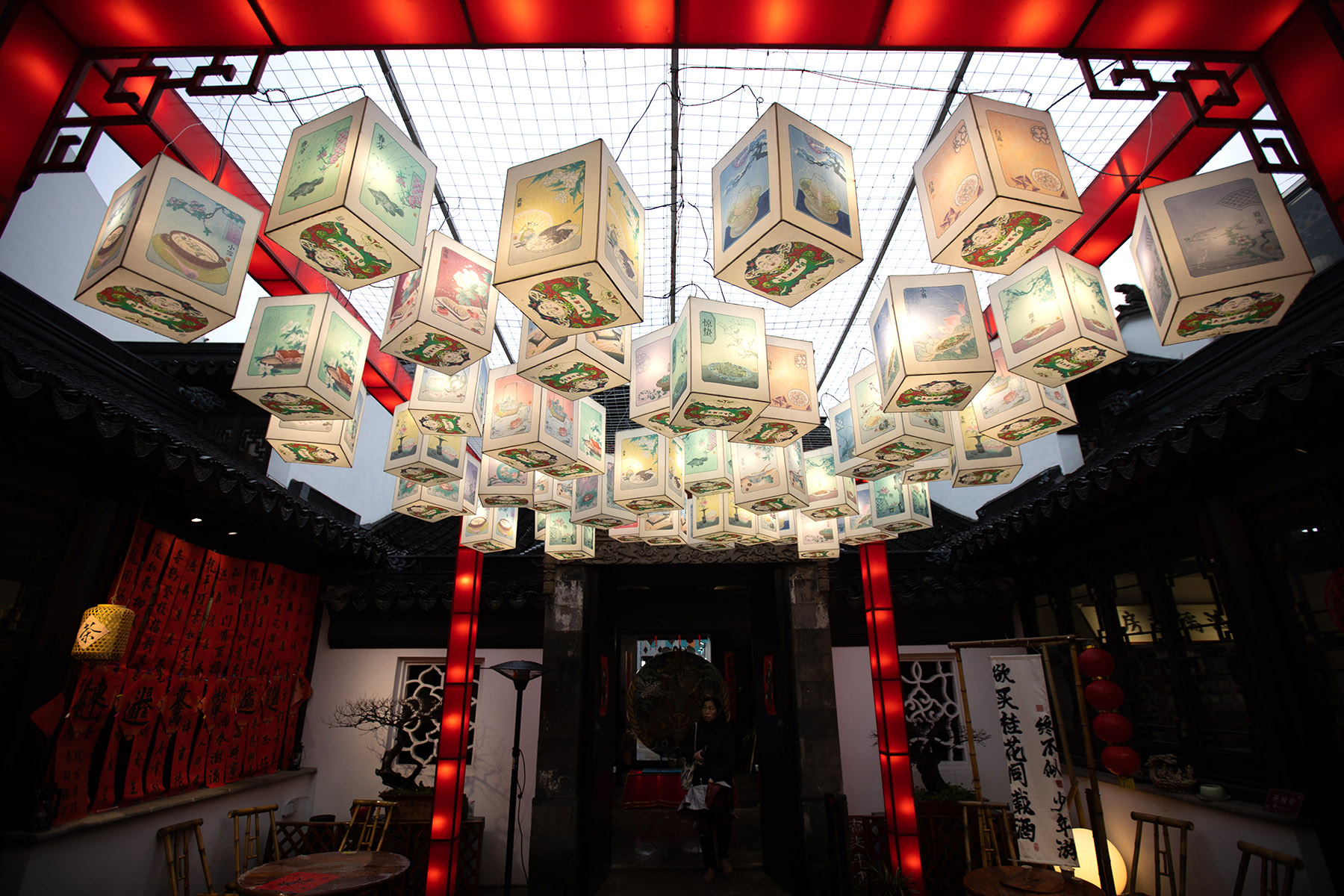
Imagine the scenario. A time traveler from say 800 years ago is transplanted to Pingjiang Road in Gusu district, Suzhou, Jiangsu province. The initial shock of new buildings and bustling pavements would soon wear off, but the traveler would not feel a total sense of displacement. The layout of the neighborhood remains much like it was in the Song Dynasty (960-1279), with waterways and streets running parallel. The traveler might even see people dressed similarly in the bustling crowd, especially girls in beautiful hanfu taking photos.
The traveler would also find the signs on the old mansion doors interesting — cafes, creative product shops, silk stores, hanfu experience halls, and modern bookstores. It's where modern businesses meet traditional streets.
The Pingjiang historic and cultural block, spanning more than 116 hectares, is Suzhou's oldest and most intact historic and cultural area, boasting a history of over 2,500 years. With its quintessential Jiangnan (lower reach of the Yangtze river) water town charm and traditional architecture with white walls and black tiles, it remains a treasure trove of the city's heritage.
READ MORE: Modern touches help safeguard Suzhou's past
On weekends and holidays, the streets of Pingjiang come alive with a diverse array of visitors. Some wander the ancient alleys dressed in hanfu, while others relax by the water, enjoying traditional music performances. Many also take delight in exploring the hidden gems of historic residences tucked away in the side streets, immersing themselves in the essence of "Suzhou-style living".
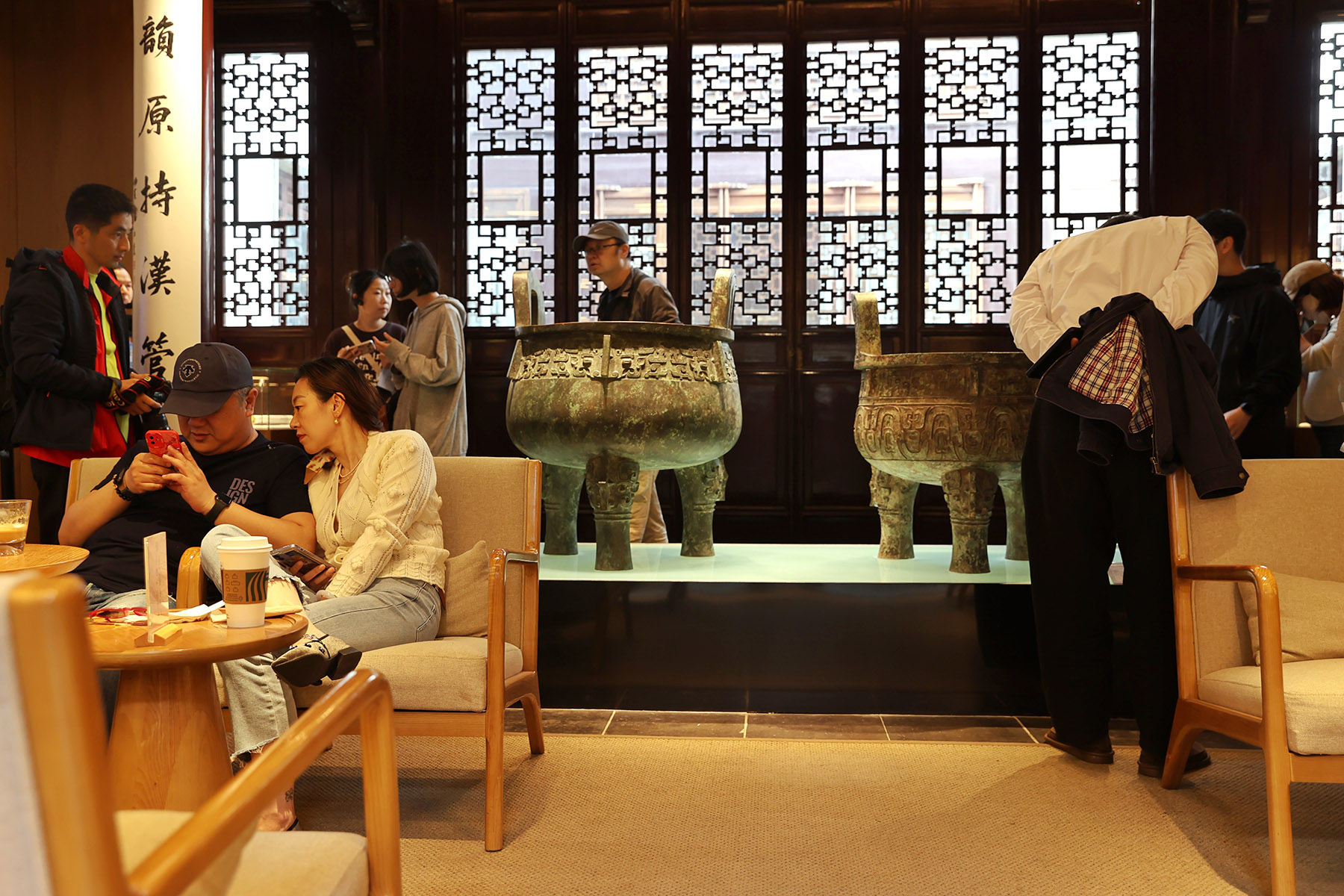
During the period from May 1 to 3 alone, the district welcomed 750,000 visitors.
In recent years, Suzhou has focused on the key word "activation" to preserve its cultural heritage. Through urban renewal projects, historic sites blend seamlessly with modern life. Many restored ancient buildings in the old city are now bustling with new vitality.
Pingjiang Road has evolved into a hub for "comprehensive tourism" and "Suzhou-style living". It's not just a destination for backpackers; it's home to 8,000 families enjoying the convenience of city life within a 15-minute radius.
Lu Jianying, an inheritor of Suzhou embroidery, has called the ancient city home for three decades. She's seen the ancient homes remain unchanged on the outside but witnessed residents enjoying modern comforts inside.
"Pingjiang Road is like Suzhou's 'dual-sided embroidery', showing the city's blend of tradition and modernity, old charm with youthful energy. Preserving these cultural districts not only safeguards our heritage but also sparks new opportunities and vitality for economic growth," Lu says.
Known as the "Jiangnan cultural museum without walls", this neighborhood is a collection of cultural heritage sites. In 2005, the Pingjiang historic and cultural block received an Honorable Mention at the UNESCO 2005 Asia-Pacific Awards for Culture Heritage Conservation. In 2015, it was designated one of China's first historical and cultural districts.
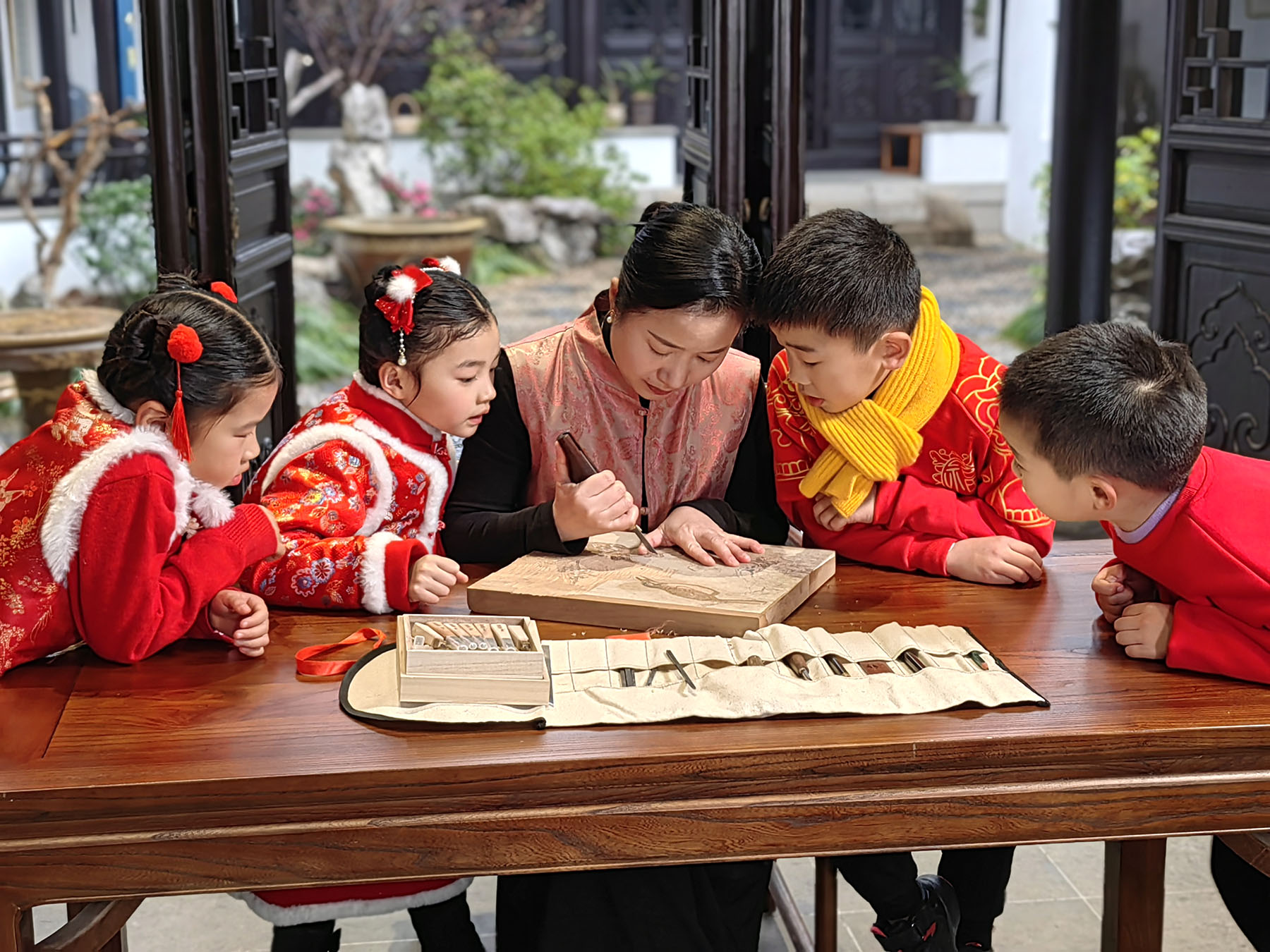
According to Wang Yongfa, director of the planning and protection department of the Gusu district ancient city protection committee in Suzhou, they've preserved the area's unique layout with parallel waterways and maintained the charming riverside atmosphere with small bridges.
Wang emphasizes the importance of not only preserving the district's architecture but also its lively street scenes and way of life.
Wang explains that there's a remarkable cultural awareness among local residents in the neighborhood. People from various backgrounds, driven by their love for the ancient city, passionately explore and contribute to preservation or development efforts.
Wang further states that during the conservation and restoration of cultural relics and traditional residences, they've ensured that the neighborhood's 8,000 original resident families have easy access to essential amenities like shopping, community services, and healthcare, all within a 15-minute walk.
At the same time, the planning and protection department have embraced technology to enhance the protection of the ancient city. They've conducted three-dimensional scans of important cultural buildings and created digital models, preserving them in the cloud as exact replicas. This digital twin approach provides crucial support for future restoration and revitalization projects.
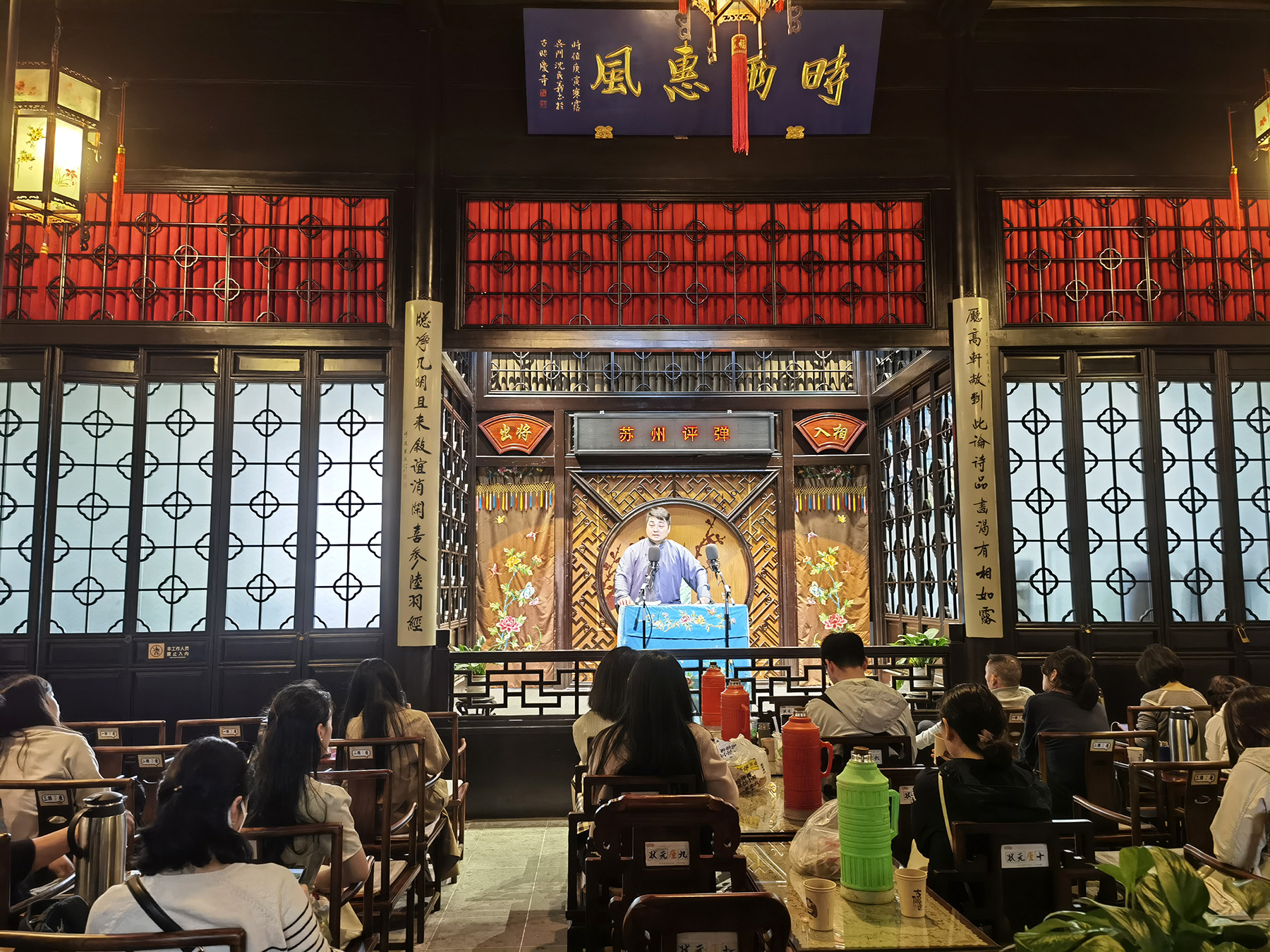
In 2020, Gusu district introduced the innovative ancient city cellular dissection project. Its aim was to thoroughly document every aspect of the 54 neighborhoods spanning 14.2 square kilometers, including houses, ancient wells, trees, and bridges.
This initiative created a new profession: the ancient city cellular dissection expert. These experts meticulously analyzed each building's layout, style, and age, while gathering oral histories from residents to paint a detailed picture of the ancient city's traditional architecture.
According to Wang, this project helps them to understand the ancient city's resources, select preservation priorities, and provides crucial data for planning and renovation efforts.
In recent years, Suzhou has been making the most of its historical areas and old city quarters. The planning and protection department of the Gusu district is improving living conditions by renovating and preserving old homes while also repurposing spaces to create historical and cultural districts.
"We've shifted from just protecting individual buildings to fully safeguarding entire historical areas. Now, Pingjiang's nine lanes are interconnected, and share public resources," explains Wang.
After restoring buildings in the Pingjiang block, they've repurposed them based on their unique features and historical importance. "Some historical buildings are open to the public for free, while others are hubs for new creative economies, adding to the city's vibrancy," Wang adds.
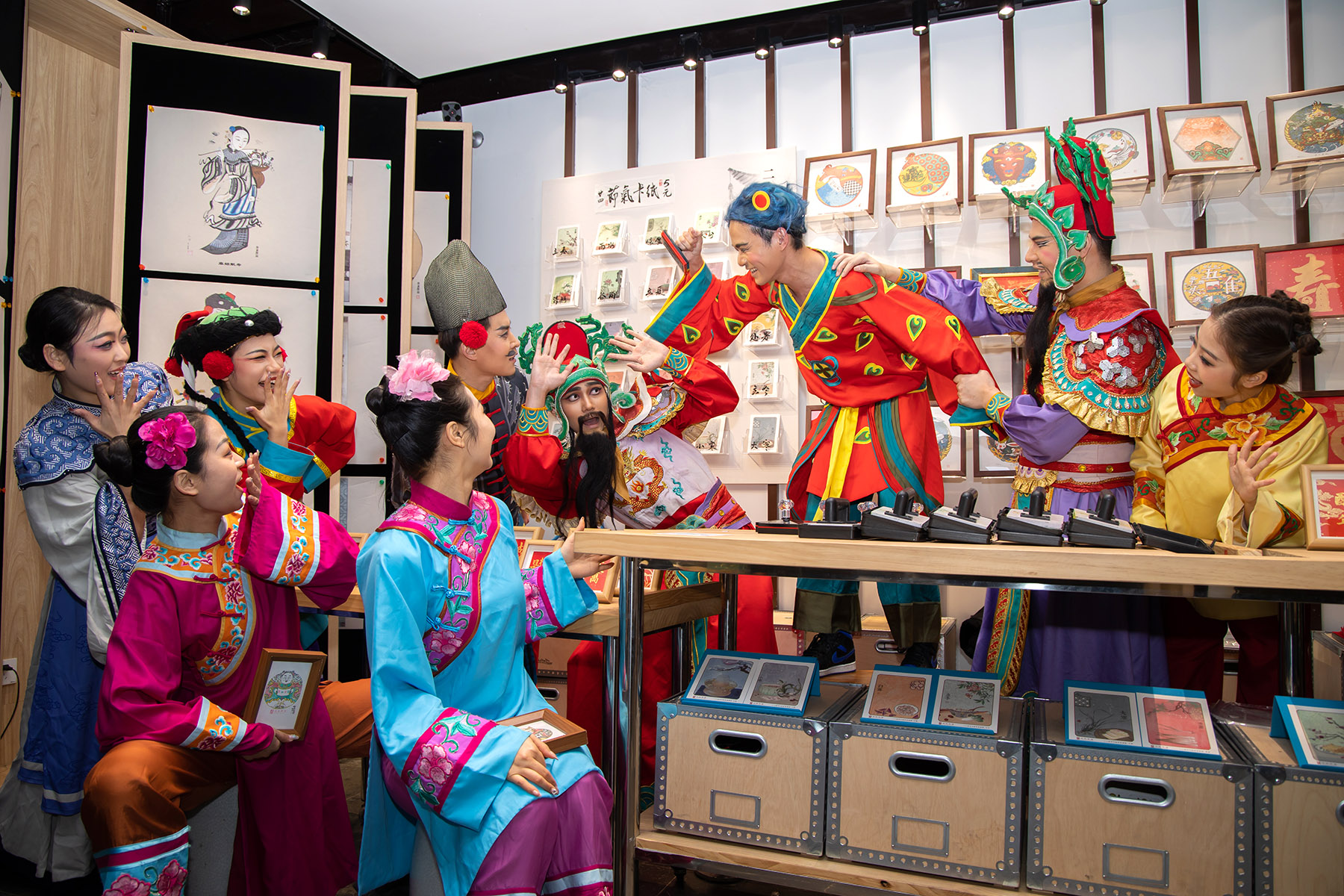
Reviving structures
Daru Lane is set to become a cultural hub centered around Sanlian Bookstore, and will explore innovative partnerships like bookstore plus intangible cultural heritage and bookstore plus shared space.
The former home of high-ranking Qing Dynasty (1644-1911) official Pan Zuyin (1830-90) has been turned into a boutique hotel, restoring its original layout and features like the main hall, boat and garden. It goes beyond typical hotel offerings by incorporating cultural exhibitions alongside accommodation, dining and meetings. This effort earned it the Award of Excellence in the 2023 UNESCO Asia-Pacific Awards for Cultural Heritage Conservation. UNESCO has praised it as a model example of Suzhou style.
"After renovation, the Pan Family Residence has become a showcase and reception area for the city. It not only serves domestic tourists but also allows visitors from outside China to experience the cultural essence of traditional architecture and the beauty of Jiangnan life," Wang explains.
The Zhaoqing Temple at No 38 Daru Lane stands as a shining example of rejuvenated ancient architecture — a model for Suzhou's revival.
Originally built in 1328 with three rows of courtyards, it served as a school during the Qing Dynasty until its restoration began in 2005. Today, it's the Pingjiang cultural center, open to the public as a showcase of cultural and tourism fusion.
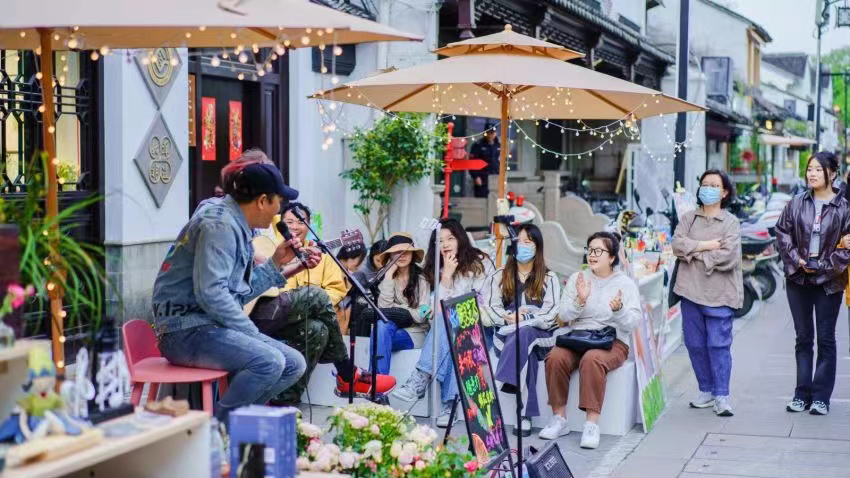
The first row hosts exhibitions and sales of Taohuawu woodblock prints; the second row, known as the Hongru Study Room, functions as a branch of the Suzhou Library, offering services with libraries citywide; and the third row hosts events like traditional storytelling.
"Zhaoqing Temple has evolved into a multifaceted space, even housing a studio for advisors who help on heritage conservation efforts," Wang explains. "By using this space fully, we've achieved our goal of revitalizing cultural relics."
Here, ancient Chinese color prints — Taohuawu woodblock prints — take center stage. Among them, the traditional New Year painting Harmony and Happiness is a big hit.
According to Xue Yan, director of the activity planning department at the Gusu district public culture center, the characters in Harmony and Happiness represent people of all ages and genders, embodying harmony and contentment in family, society and the world.
"We've also created 12 Chinese zodiac woodblock prints, each with its own meaning. For instance, the Year of the Rat symbolizes prosperity, and the Year of the Dragon signifies success," Xue says. "Many visitors are drawn to these symbols of good fortune, eagerly taking photos with their zodiac prints."
"We offer exhibitions and book borrowing for a tranquil experience. While study tours, performances, and intangible cultural heritage experiences provide lively entertainment," she adds.
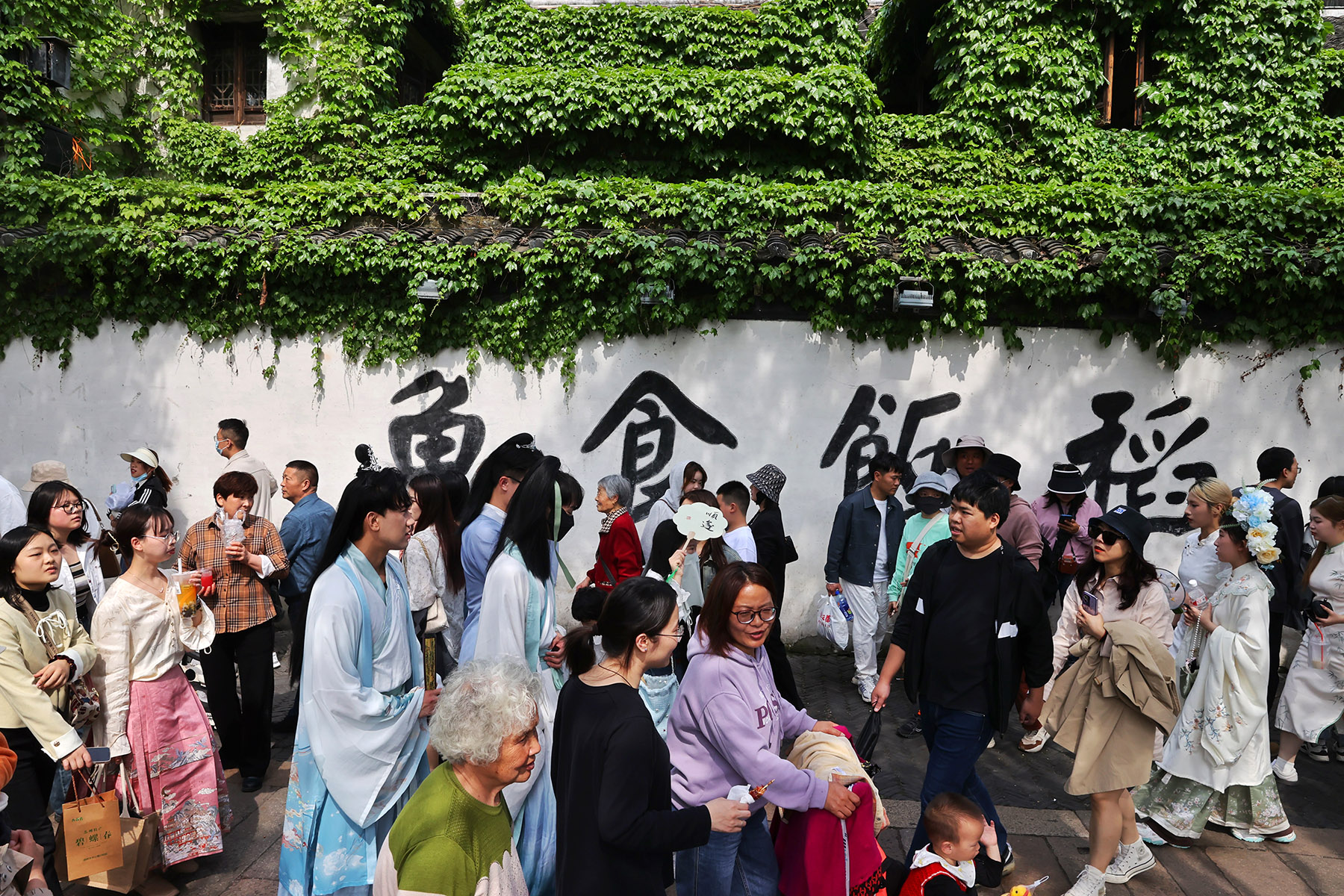
Suzhou Pingtan storytelling here is a traditional performance that covers one chapter every 15 days. The story unfolds continuously, allowing the audience to follow along like a TV series. Tickets are 10 yuan ($1.4) each, including a cup of tea, according to Xue.
"With 80 seats per show, they're often packed. Most attendees are local residents, but tourists are also welcome. Even if they don't understand the Suzhou dialect, they can still enjoy the atmosphere and charm of Suzhou Pingtan," she says.
The activity center hosts intangible cultural heritage experience classes throughout the year. "Whenever registration opens online, the classes quickly fill up," Xue says.
ASLO READ: Suzhou makes best use of ancient and modern
Participants include both children and adults interested in experiencing intangible cultural heritage. They can choose from various courses such as making traditional Chinese buttons, playing the guqin, a seven-stringed zither, or learning how to make Suzhou-style pastries.
First-grade pupil Li Ziyu from Jinan, Shandong, visited Suzhou during the Spring Festival holiday this year and was greatly impressed by the Pingjiang cultural center.
"I experienced the different customs and cultures of the North and South. Traditional arts like Taohuawu woodblock prints, oil-paper umbrellas, Suzhou embroidery, Kunqu opera, Song brocade, Pingtan storytelling and paper-cutting, allow me to feel the charm of Suzhou's ancient city," Ziyu says.
Contact the writer at liyingxue@chinadaily.com.cn


